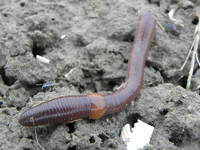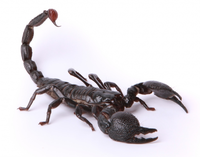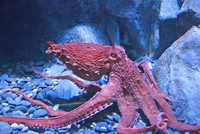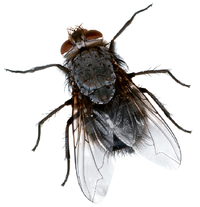Difference between revisions of "Taxonomy"
| Line 14: | Line 14: | ||
|[[File:Snail.png|center|200px]] | |[[File:Snail.png|center|200px]] | ||
|[[File:Earthworm.png|center|200px]] | |[[File:Earthworm.png|center|200px]] | ||
| + | |[[File:Scorpion.png|center|200px]] | ||
|[[File:Octopus.png|center|200px]] | |[[File:Octopus.png|center|200px]] | ||
| − | |[[File: | + | |[[File:Fly.png|center|200px]] |
| + | |- | ||
| + | | style="height:20px; width:200px; text-align:center;" |Snail | ||
| + | | style="height:20px; width:200px; text-align:center;" |Earthworm | ||
| + | | style="height:20px; width:200px; text-align:center;" |Scorpion | ||
| + | | style="height:20px; width:200px; text-align:center;" |Octopus | ||
| + | | style="height:20px; width:200px; text-align:center;" |Fly | ||
|} | |} | ||
Revision as of 07:38, 17 August 2018
Contents
Key Stage 2
Meaning
Grouping living things is done to make it easier to identify different creatures.
About Grouping Living Things
- Living things can be grouped in different ways.
- Scientists usually group things by common features or common behaviour.
Examples
Vertebrates and Invertebrates
| Snail | Earthworm | Scorpion | Octopus | Fly |
Invertebrates: Snail, Worm, Octopus, Insect, Arachnid
Vertebrates Reptile, Mammal, Bird, Fish, Amphibian.




